When I Root a Succulent Should I Remove Stems?
westes Zone 9b California SF Bay
6 years ago
Featured Answer
Sort by:Oldest
Comments (27)
Polypompholyx
6 years agowestes Zone 9b California SF Bay
6 years agoRelated Discussions
When should I remove bottom heat?
Comments (4)I take mine off the heat as soon as roots are developed. The space on the bottom heater is too valuable to use when not needed. I have a large cold frame I put them in for a few days or weeks before the open ground exposure. Al...See MoreSucculent Growing Roots From Stem
Comments (2)that is an Anacamperseros - and that is fuzz. It is supposed to look like that. If it didn't have it before that means it was stressed and now it is coming back. Good job!...See MoreWhich succulents should I let get root bound?
Comments (14)What Sugi said holds true for many, many succulents. Most likely, you can listen to her advice forever and never run into a problem with many common succulent genera. However, for many of the prized species and rarer plants, this isn't always the case. Many Pachypodiums grow in a root bound state in nature, as they grow in small rocky crevices. Same goes for many Adeniums, Blossfeldia, Conophytum, Dorstenia, Aloe, Caralluma, Euphorbia, etc. Typically, these crevices provide ideal germination microenvironments for seeds and maturation environments for seedling, and also stay relatively moist compared to the hard surrounding desert or scrubland. Many of these plants have evolved root systems that deal with this problem (thickened roots of Pachys) or water-loss survival strategies that negate specialized roots (Blossfeldia). These plants are known as saxicolous plants and many of them appreciate at least some degree of root restriction to grow best. The best advice I can give is to ID your plant by its extended binomial nomenclature, and research it's habitat. Does it like root binding? Cold nights? Dry winters? High wind exposure? Getting some of these things similar may change how well your plant grows. For instance, many cacti (and Pachypodium brevicaule) require a cool to cold winter rest to flower well. They may still flower without it, but it's not the same. For the plants you have mentioned, Graptopetalum paraguayense is endemic to a single mountain in Tamaulipas, Mexico and form part of the endemic xeric scrub there. This was only recently discovered despite the species' longtime cultivation, so info on natural growth is scarce/nonexistent yet. Both the other plants you mentioned have much less specific habitat needs, and both are found in dry scrub to rocky hillsides in South Africa, so I wouldn't root bind any of them since they don't exclusively inhabit such habitats in nature....See MoreSucculent plant growing roots out of the stem
Comments (4)Succulents being grown as house plants often do this. If it were me I'd just cut the spent flowering stems off and then wait until spring, repot so that the plant is in the center of the pot. Using a mix designed for use with cactus and succulents (shake the existing medium off at repotting time if it is not a cactus and succulent oriented formula)....See Morerina_Ontario,Canada 5a
6 years agolast modified: 6 years agowestes Zone 9b California SF Bay thanked rina_Ontario,Canada 5awestes Zone 9b California SF Bay
6 years agogreenclaws UK, Zone 8a
6 years agowestes Zone 9b California SF Bay
6 years agolast modified: 6 years agorina_Ontario,Canada 5a
6 years agolast modified: 6 years agowestes Zone 9b California SF Bay thanked rina_Ontario,Canada 5awestes Zone 9b California SF Bay
6 years agowestes Zone 9b California SF Bay
6 years agolast modified: 6 years agorina_Ontario,Canada 5a
6 years agolast modified: 6 years agowestes Zone 9b California SF Bay thanked rina_Ontario,Canada 5aKara 9b SF Bay Area CA
6 years agolast modified: 6 years agowestes Zone 9b California SF Bay thanked Kara 9b SF Bay Area CAwestes Zone 9b California SF Bay
6 years agoKara 9b SF Bay Area CA
6 years agolast modified: 6 years agowestes Zone 9b California SF Bay
6 years agowestes Zone 9b California SF Bay
6 years agowestes Zone 9b California SF Bay
6 years agoKaren S. (7b, NYC)
6 years agolast modified: 6 years agowestes Zone 9b California SF Bay
6 years agowestes Zone 9b California SF Bay
6 years agoKara 9b SF Bay Area CA
6 years agolast modified: 6 years agowestes Zone 9b California SF Bay
6 years agoKaren S. (7b, NYC)
6 years agorina_Ontario,Canada 5a
6 years agolast modified: 6 years agowestes Zone 9b California SF Bay thanked rina_Ontario,Canada 5aJeff (5b)
6 years ago
Related Stories

GARDENING GUIDESHow I Learned to Be an Imperfect Gardener
Letting go can lead to a deeper level of gardening and a richer relationship with the landscape. Here's how one nature lover did it
Full Story
DECORATING GUIDESThe Dumbest Decorating Decisions I’ve Ever Made
Caution: Do not try these at home
Full Story
LIFEThe Polite House: How Can I Kindly Get Party Guests to Use Coasters?
Here’s how to handle the age-old entertaining conundrum to protect your furniture — and friendships
Full Story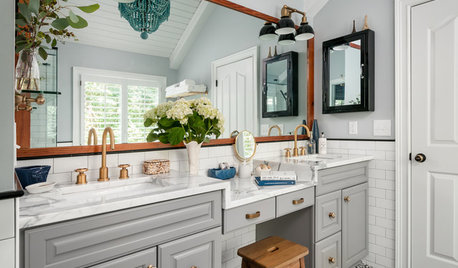
BATHROOM MAKEOVERSWhat I Learned From My Master Bathroom Renovation
Houzz writer Becky Harris lived through her own remodel recently. She shares what it was like and gives her top tips
Full Story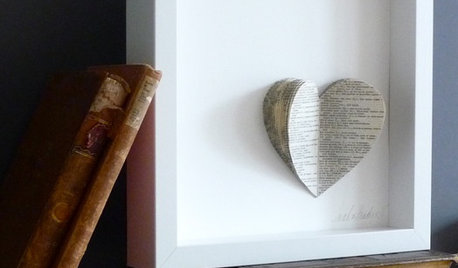
DECORATING GUIDESSay 'I Do' to Beautiful Wedding Memory Displays
You'll love and cherish these creative vignettes, artwork and more that keep the happiness of your special day at hand
Full Story
WINTER GARDENING6 Reasons I’m Not Looking Forward to Spring
Not kicking up your heels anticipating rushes of spring color and garden catalogs? You’re not alone
Full Story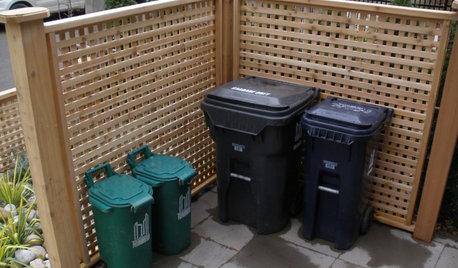
THE POLITE HOUSEThe Polite House: What Can I Do About My Neighbors’ Trash Cans?
If you’re tired of staring at unsightly garbage way before pickup day, it’s time to have some tough conversations
Full Story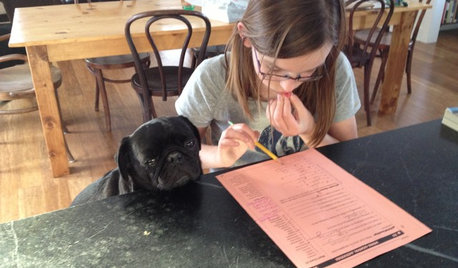
LIFEYou Said It: ‘I Knew This Home Had to Be Mine’ and More Quotables
Design advice, inspiration and observations that struck a chord this week
Full Story
HOUSEKEEPINGOut, Darn Spot! Tips for Removing Carpet Stains
Know the right solutions and when to use them to prevent stains from pets, soda, chocolate, blood and more
Full StorySponsored
Central Ohio's Trusted Home Remodeler Specializing in Kitchens & Baths



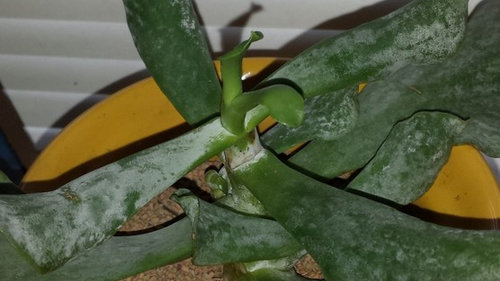
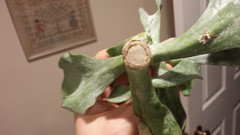





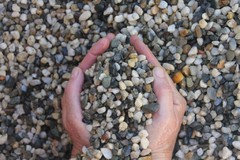







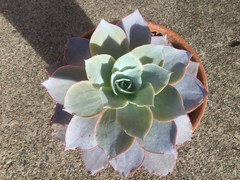

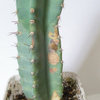
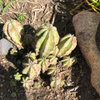
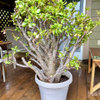

greenclaws UK, Zone 8a